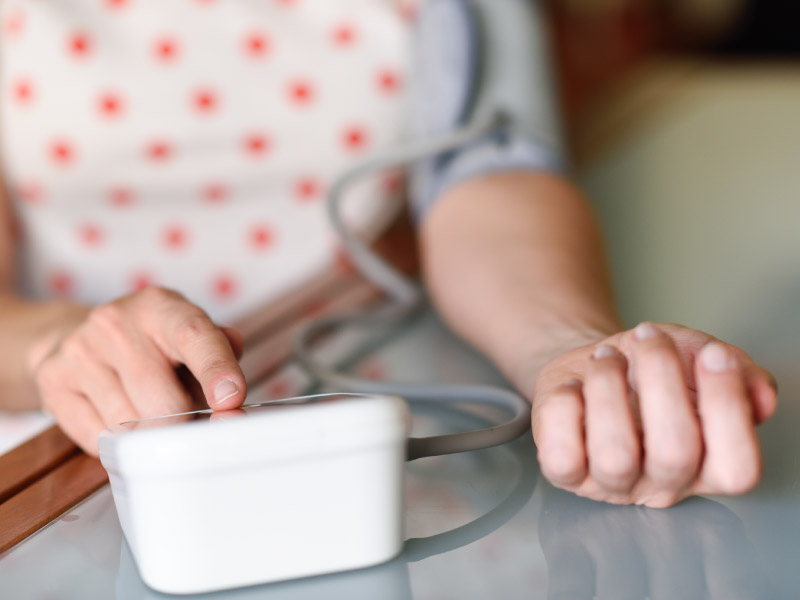How hormone therapy affects blood pressure differently in transgender men, women
By American Heart Association News

Gender-affirming hormone therapy, which uses hormones to align an individual's physical characteristics with their gender identity, has been linked to blood pressure changes in transgender men and women, new research finds.
The study, published Monday in the American Heart Association journal Hypertension, showed gender-affirming hormone therapy raised average systolic blood pressure in transgender men while lowering it in transgender women. Systolic blood pressure is the force the heart exerts upon artery walls with each beat. When too high, it is a major risk factor for heart disease and stroke.
The study adds to evidence suggesting a need to closely monitor blood pressure in transgender and gender diverse people because of their higher rates of high blood pressure, also known as hypertension, than the general population and a high rate of heart attacks and strokes.
Although doctors have been prescribing gender-affirming hormone therapy for more than 25 years, there are still "many important gaps in our knowledge about the effects of hormone therapy for transgender people," senior study author Dr. Michael S. Irwig said in a news release. Irwig is an associate professor of medicine at Harvard Medical School and director of transgender medicine at Beth Israel Deaconess Medical Center in Boston.
Previous research shows transgender men were almost 5 times as likely to report having a heart attack compared to cisgender women, those whose personal identity aligns with their sex at birth. Conversely, transgender women were more than 2 1/2 times more likely to have reported a heart attack than cisgender women – yet they did not have a significant increase in heart attack incidence when compared with cisgender men. However, a 2020 analysis found most of the studies examining gender-affirming hormones and blood pressure had sample sizes that were too small to detect statistically significant differences in blood pressure.
In the new study, researchers followed 470 people receiving hormone therapy at a medical center in Washington, D.C., for eight years. Within two to four months of the start of therapy, transgender women saw an average decrease of 4 mmHg in their systolic blood pressure, but transgender men saw an average increase of 2.6 mmHg. Among the women, the prevalence of stage 2 hypertension, when blood pressure is at least 140/90, fell from 19% to 10%.
Even within groups, there were differences. Some transgender men and women saw blood pressure changes trend in the opposite direction from their gender-identity peers. The researchers noted this is an area requiring further investigation.
Blood pressure and other preventive screenings are key in transgender and LGBTQ communities, according to a scientific statement last year from the AHA. The statement also said it was important to include LGBTQ health in clinical training and licensure requirements for health care professionals to help reduce cardiovascular health disparities.
If you have questions or comments about this story, please email [email protected].





